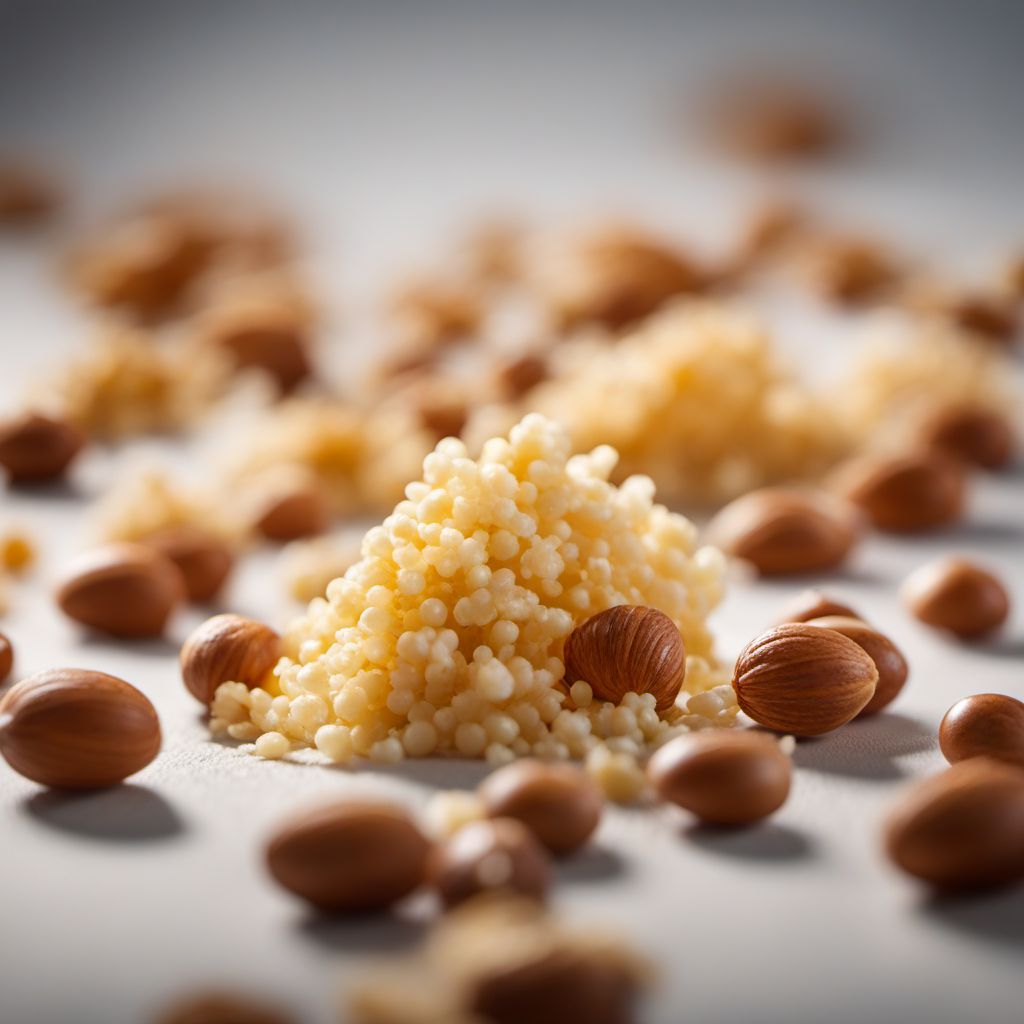
Ingredient
Dietary fibre
The Digestive Champion
Dietary fibre refers to the indigestible parts of plant-based foods, such as fruits, vegetables, whole grains, legumes, and nuts. It comes in two forms: soluble and insoluble. Soluble fibre dissolves in water and forms a gel-like substance, while insoluble fibre adds bulk to the stool. Both types are essential for maintaining a healthy digestive system and promoting overall well-being.
Origins and history
The importance of dietary fibre can be traced back to ancient civilizations, where plant-based diets were prevalent. Over time, scientific research has highlighted the role of fibre in preventing various health conditions, including constipation, heart disease, and diabetes. Today, dietary fibre is recognized as a key component of a balanced diet.
Nutritional information
Dietary fibre is primarily known for its ability to promote regular bowel movements and prevent constipation. It also helps regulate blood sugar levels, lower cholesterol, and maintain a healthy weight. Additionally, dietary fibre provides a sense of fullness, which can aid in weight management.
Allergens
Dietary fibre is naturally present in many plant-based foods and does not contain any known allergens. However, individuals with certain digestive conditions, such as irritable bowel syndrome (IBS), may need to monitor their intake of specific types of fibre.
How to select
When selecting dietary fibre-rich foods, opt for whole, unprocessed options. Look for fruits, vegetables, whole grains, legumes, and nuts that are fresh, firm, and free from any signs of spoilage. Incorporate a variety of sources to ensure a diverse intake of fibre.
Storage recommendations
To maintain the freshness and quality of dietary fibre-rich foods, store them properly. Fruits and vegetables should be stored in the refrigerator, while whole grains, legumes, and nuts should be kept in a cool, dry place in airtight containers. Proper storage helps prevent spoilage and maintains the nutritional value of these ingredients.
How to produce
Producing dietary fibre involves consuming a diet rich in plant-based foods. By incorporating a wide range of fruits, vegetables, whole grains, legumes, and nuts into your meals, you can naturally increase your dietary fibre intake.
Preparation tips
Dietary fibre can be incorporated into various recipes and dishes. Add fruits and vegetables to salads, stir-fries, or smoothies. Use whole grains in soups, stews, or as a side dish. Legumes can be used in curries, salads, or as a meat substitute in vegetarian dishes. Nuts can be enjoyed as a snack or added to baked goods and desserts for extra crunch and flavor.
Culinary uses
Dietary fibre is used in a wide range of culinary applications, from savory to sweet. It is commonly found in dishes such as salads, soups, stews, stir-fries, smoothies, baked goods, and breakfast cereals. It is also a key ingredient in gluten-free products.
Availability
Dietary fibre-rich foods are available worldwide, as they are derived from various plant sources. Fruits, vegetables, whole grains, legumes, and nuts can be found in abundance in different regions and countries.
More ingredients from this category
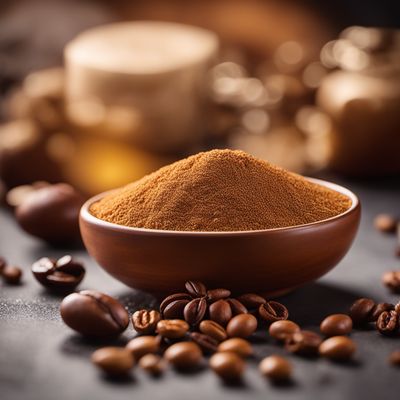
Caffeine
The Energizing Elixir: Unveiling the Power of Caffeine
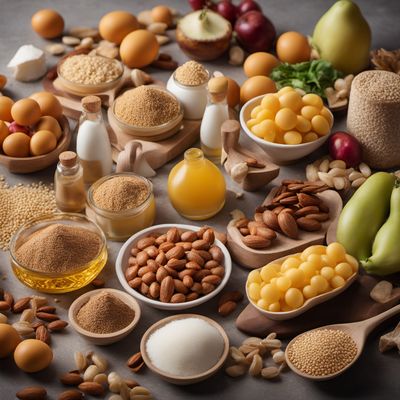
Co-factors to metabolism
The Essential Helpers: Unveiling the Co-factors that Fuel Metabolism
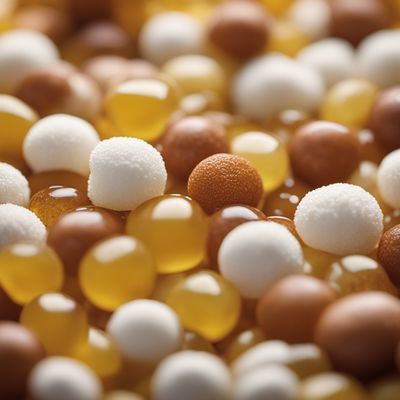
Special fatty acids
The Power of Special Fatty Acids

Bee-produced fortifying agents
Nature's Nutritional Powerhouses

Vitamins
"The Essential Nutrient Powerhouses: Unveiling the Secrets of Vitamins"

Glucosamine
The Joint Savior
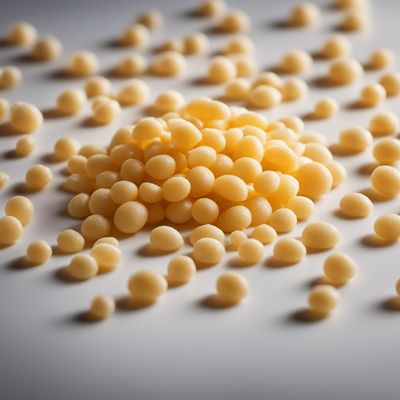
Taurine
The Energizing Amino Acid

Phytochemicals
The Power of Plant Compounds: Unleashing the Potential of Phytochemicals

Algae based fortifying agents (e.g. Spirulina, chlorella)
Nutritional Powerhouses from the Sea

Chemical elements
The Building Blocks of the Universe